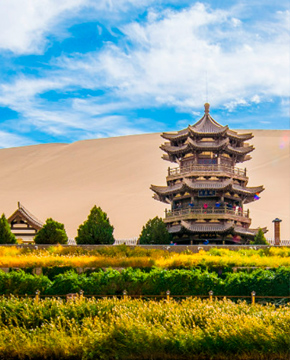Xinjiang Museum Located at No.132 Xibei Road, Urumqi, it was built in 1953. with a total ground area of 41,000 square meters and exhibiting area of 7800 square meters, the museum is the main institution to collect and investigate the unearthed cultural relics and specimens in Xinjiang. There are more than 50 thousand pieces of various kinds of cultural relics stored in the museum, among them, the ancient mummies represented by ‘the Loulan Beauty', manuscripts in Chinese, Kharosthi, Qiuci, Yanji, Tibetan, Uigurian and other characters prevailed in ancient Western Regions, the silk, wool, cotton and hemp fabrics and folk raiment, etc., are unusual tidbits in the world.
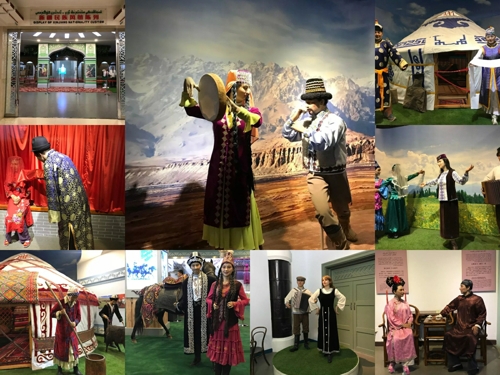
The museum has made extensive contacts with museums domestic and abroad, and held several exhibitions abroad. The main exhibitions on display include “ The Exhibition of Historic Cultural Relics in Xinjiang”, “A Selection of the Unearthed Cultural Relics in Xinjiang”, “ The Exhibition of Ancient Mummies in Xinjiang”, “ The Exhibition of the Customs of the nationalities in Xinjiang”, etc, and various special exhibitions are often held here.
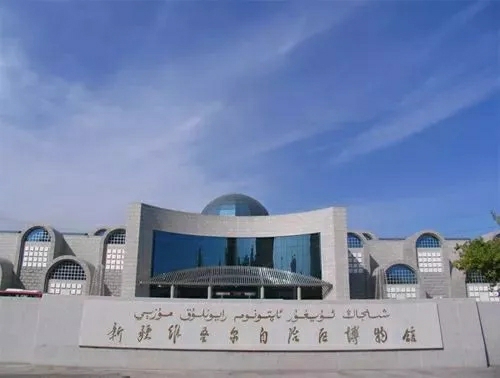
From ancient times to the present, the exhibition of ancient historical relics in Xinjiang shows a variety of unearthed cultural relics on the Silk Road, including many Central Plains artifacts of the Han and Tang Dynasties, which have very ancient Chinese characteristics. The ground floor is the Exhibition Hall of Ethnic custom in Xinjiang and The Memory on the history of the Western Region.
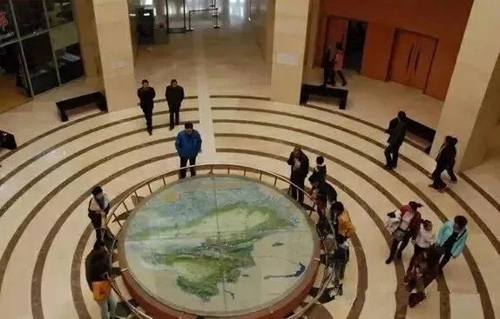
The Exhibition Hall of Ethic custom in Xinjiang:
The exhibition covers an area of 1500 square metres and thousands of cultural relics. Through wax figures and the restoration of national life scenes, the exhibition shows the folk customs of Uygur, Kazakh, Hui, Kirgiz, Mongolia, Sibo, Tajik, Uzbek, Daur, Manchu, Tatar, Russia and other 12 ethnic groups. The central main exhibition hall, which is mainly composed of Uygur dwellings, is also equipped with Kazakh, Kirgiz and Mongolian yurt, and various animal specimens.
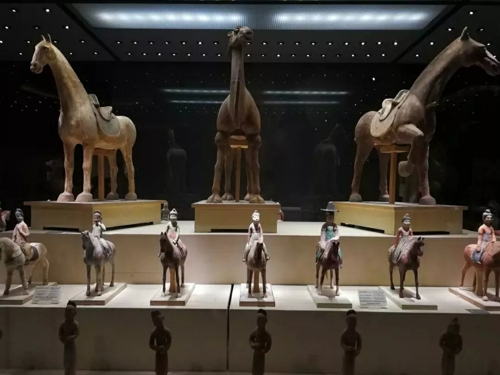
Memory on the history of the Western Region:
The exhibition covers an area of 1500 square meters and more than 700 historical relics. The whole exhibition is divided into 12 units, including the dawn of civilization, the Kaixian River in the Western Regions, the national integration, the imposing Anxi in the Tang dynasty, and the levying of the Han State in the Western Regions of Mongolia and so on, all kinds of exquisite cultural relics unearthed in Xinjiang are concentrated, especially a large number of precious cultural relics excavated by archaeologists, combining with sand table, photos, charts, models, character restoration, imitation, rubbings, historical documents, interactive devices, multimedia touch screen, modern means of sound, light and electricity, it systematically demonstrates the historical development process of Xinjiang and the history of primitive, slave and feudal societies in Xinjiang.
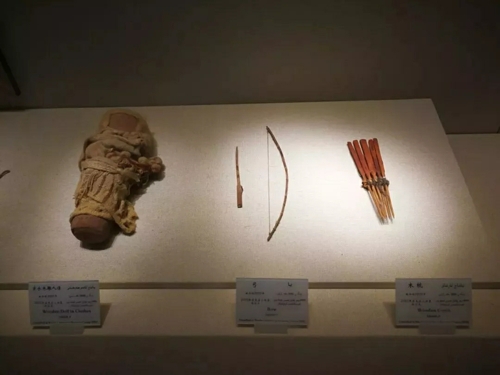
The Central Hall of the exhibition is a circular sand table for Xinjiang Uygur Autonomous Region, the sand tables accurately depict the natural geography and ecological environment of Xinjiang: the theme of the sand table for the Western Regions is 60 BC, and the central regime of the Western Han Dynasty in Xinjiang. The central area of the Silk Road Sketch Map in Xinjiang is 10 square meters, and the model is hanging, the cultural relics displayed here are stone ware, pottery, wares, wood works, documents, wool, cotton, silk fabrics, bronzes, irons, jades, sculptures, paintings, rock paintings, gold and silver, currency, food and other relics, with typical local characteristics, these cultural relics from different perspectives proved that as early as BC, Xinjiang was included in the territory of China; All kinds of important cultural relics such as Chinese, Qiuci, Yanqi, Huihu and so on are not only valuable materials for the direct study of Chinese history, but also indispensable for the study of ethnic and cultural history in Central Asia and even the world.
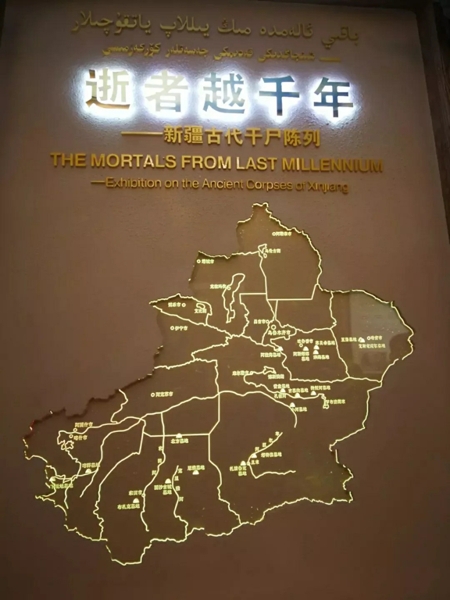
The first floor is the Exhibition on the Ancient Corpses of Xinjiang and The Memories of Western Regions Garments.
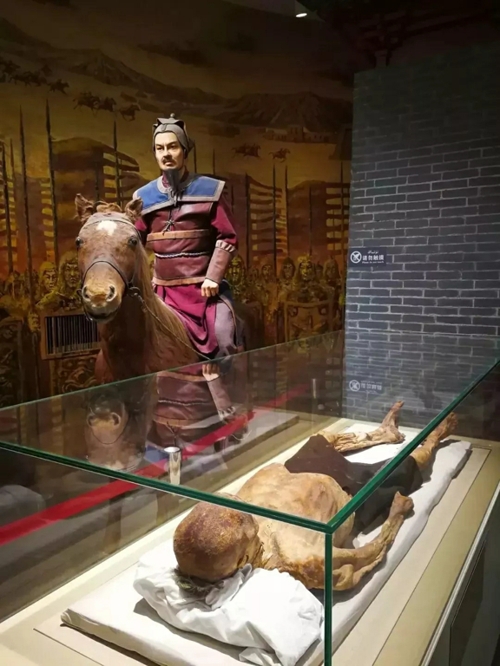
Exhibition on the Ancient Corpses of Xinjiang
The exhibition covers an area of 700 square metres. It exhibits several ancient corpses, with some exquisite cultural relics accompanied by funerals, and enriches the contents of the exhibition in various forms, such as photographs, pictures, multimedia touch screens and so on. The whole exhibition is divided into seven units: Loulan residents in Lop Nur, Xiaohe cemetery where thousands of coffins are buried, Zaghunluk Tombs, owners of Astana Palace and sarcophagus tombs of Altai Stone Man.
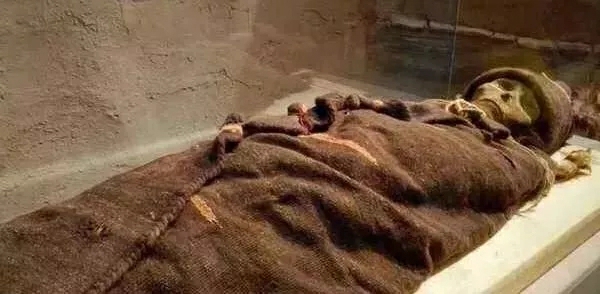
The Memories of Western Regions Garments
Theme exhibition launched in June 2010, more than 150 cultural relics and hundreds of restoration maps are on display. From Xiaohe Cemetery around 3800 to Qing Dynasty one hundred years ago, from Pre-Qin period costume to Han and Jin costume in Western Regions, to Sui, Tang and Five Dynasties costume, finally, it evolved into Ming and Qing Western Regions costume with national style.

